Workarounds Reshape the Car World
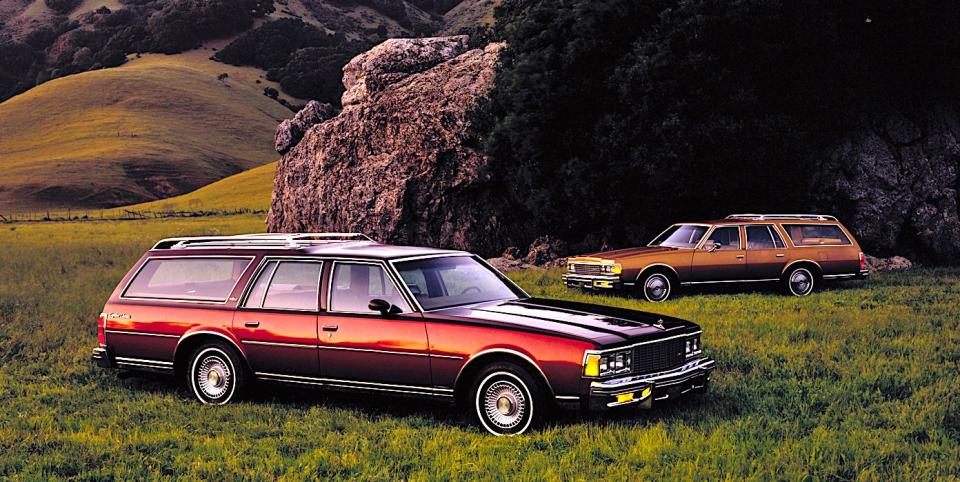
Over the past 40 years, the world has changed. But what Americans want in a new vehicle hasn't. At least not much.
Back in 1979, Chevrolet was selling the full-size Caprice station wagon. Stretching 214.7 inches long over a 116.0-inch wheelbase, it was enormous-though it had been "downsized" in '77 from the gargantuan 1976 model. Today Chevy has the 2019 Traverse crossover in its lineup at 204.3 inches long across a lengthier 120.9-inch wheelbase. The up-to-eight-passenger '79 Caprice wagon had a GM listed shipping weight of 4088 pounds, while the up-to-eight-seat Traverse RS porks in at 4403. Yeah, the basic engineering has changed, but except for the Traverse's much shorter overhangs, the two vehicles are close in size and practically identical in practical use and function.
After all the decades of ever more stringent safety, emissions, and fuel-economy regulations, Americans are still buying big wagons to haul their families around. Chevrolet sold 124,615 full-size station wagons during the 1979 model year, when the industry recorded about 15 million total sales. And it sold 146,534 Traverses during 2018, a 17-million-unit year. Not exactly the same market share, but really close considering how many more alternatives the Traverse has to compete against.
Such is the power of the workaround.
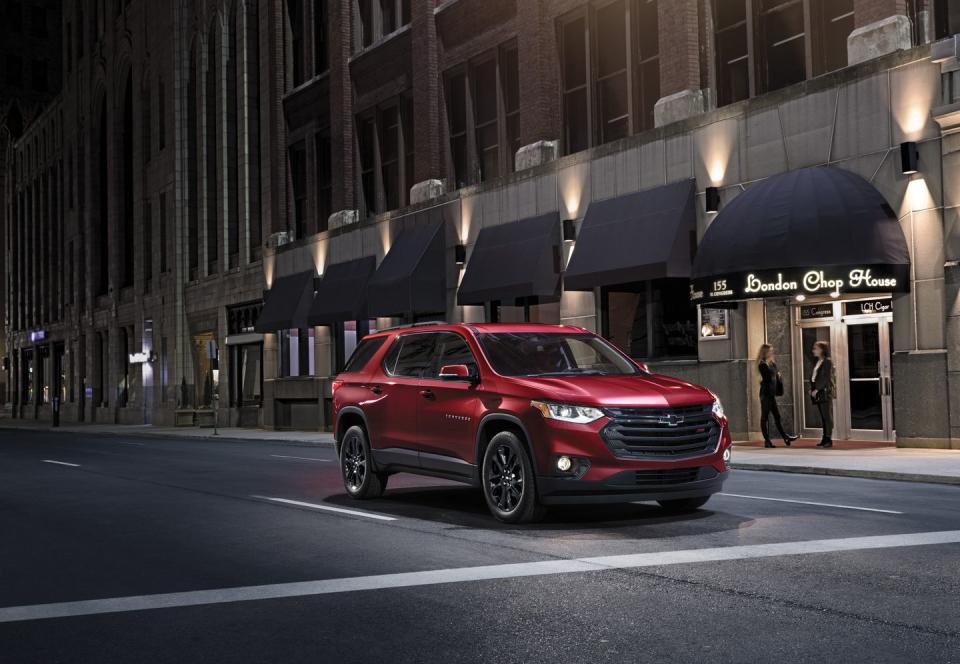
All of us have personal workarounds. There's stuff that needs doing, there's an obstacle in your way, and you figure out how to get past that blockage. It can be something as innocent as a white lie you tell your grandmother so she won't worry when you go dirt biking. "Don't worry, Meemaw, we're going bowling. And no, I won't have any beer." Or it can be something sinister, like knocking off the D.A. before he convenes a grand jury. People have built fortunes finding workarounds in the tax code. A lot of us couldn't get through a day without some serious workaround strategizing.
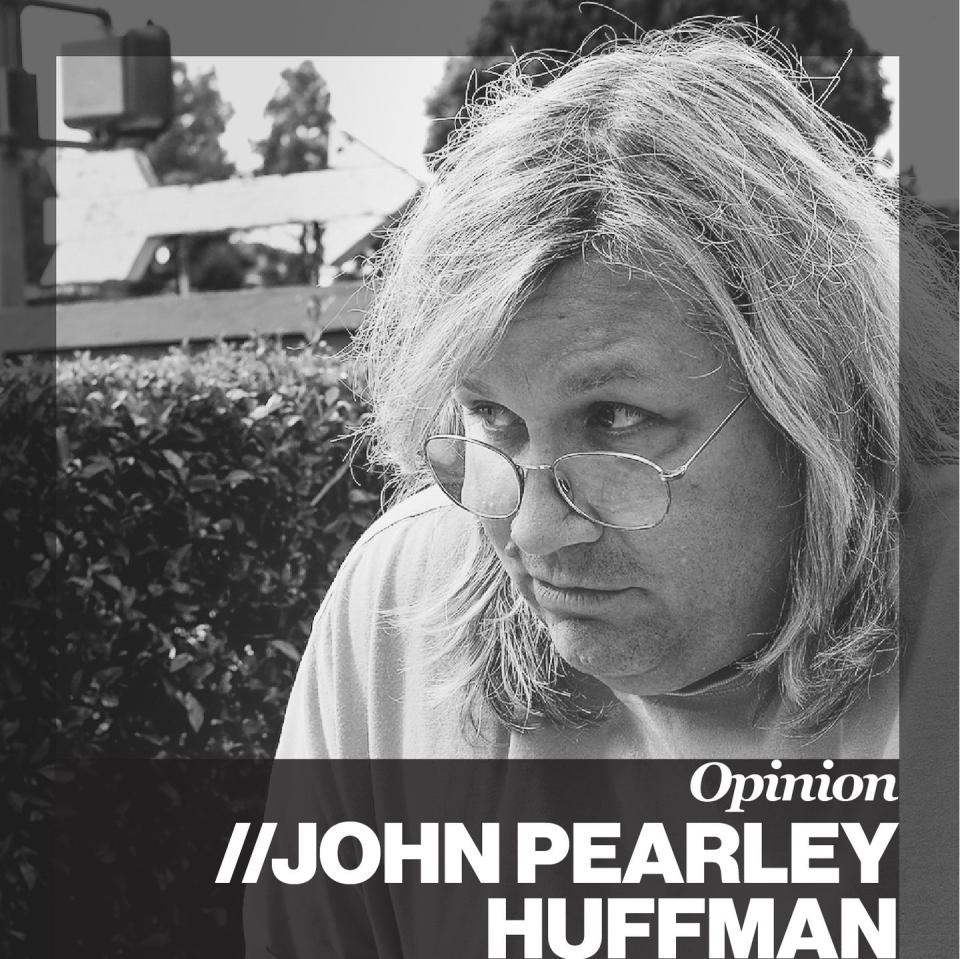
The current vehicle market is layer upon layer of workarounds. To avoid the ancient but still in force "chicken tax"-a 25 percent tariff on imported commercial trucks and vans-the cargo versions of the Ram ProMaster City, built in Turkey, and the Ford Transit Connect, built in Spain, both enter the United States with rear seats and seatbelts. Once they're here, those seats and belts are removed and thrown out. The "voluntary" Japanese import quotas adopted in the 1980s led to Honda, Toyota, and Nissan opening massive assembly plants in Ohio, Kentucky, and Tennessee. And with those plants came products optimized for this market and, eventually, entire production and engineering ecosystems based in North America.
But it's SUVs and crossovers that are the ultimate vehicular workarounds. In fact, SUVs are a workaround from traditional station wagons, and crossovers are a workaround of SUVs. A workaround of a workaround.
Depending on what taxonomy is applied, SUVs have been around at least as far back as the 1935 Chevrolet Suburban. But they were strictly utilitarian trucks up until, maybe, the introduction of the 1969 Chevy Blazer. No fun at all. Strictly for geologists and oil-field work crews.
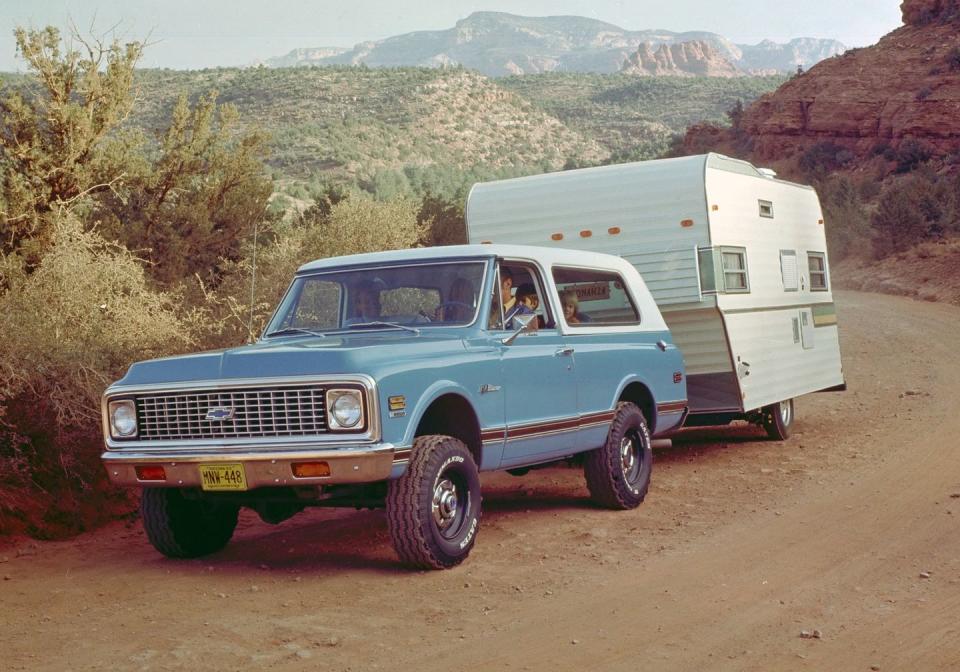
It wasn't the manufacturers that simply willed that SUVs become mainstream consumer products. Way back in the 1990s-I was there-the domestic automakers were finally up against it when it came to selling full-size body-on-frame cars. But the CAFE standards on trucks were less onerous, and anyone who wanted to tow, say, a boat now found a Gigantor-class Suburban was almost the sole thing that could both haul the family and lug the yacht. Beyond that, vehicles like the GMT400 family of truck and trucklike SUVs (introduced for 1988) were vastly more civilized, luxurious, and easy to use every day than previous generations.
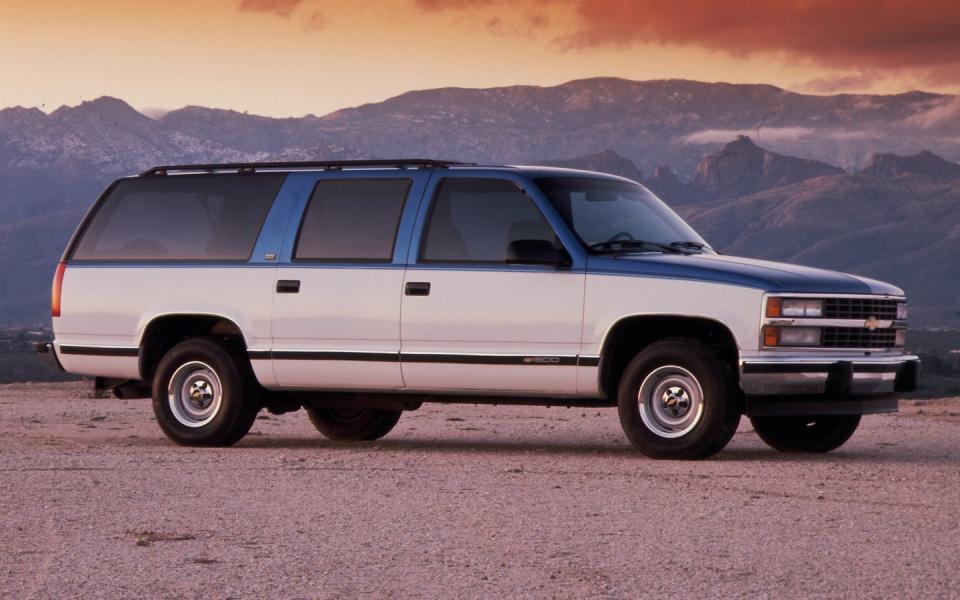
If consumers couldn't get what they wanted in a car-what they used to get in full-size wagons-they'd work around that and switch to truck-based SUVs. And they did.
Then, as the new century started, with consumers already addicted to the SUV form, crossovers developed to provide those advantages with plusher rides and better fuel economy. It was like moving from heroin to methadone.
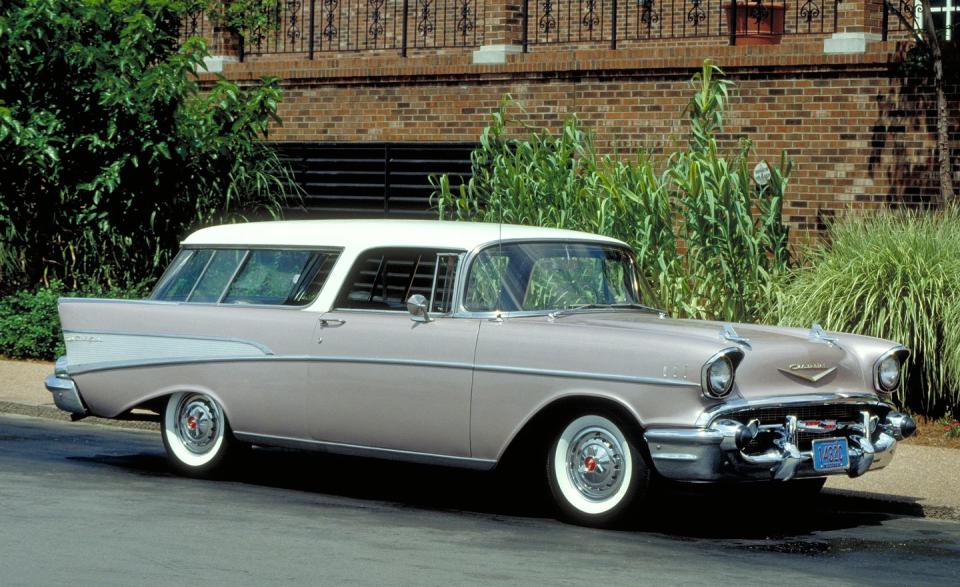
But they're all still wagons, an evolved form of the ones our great-grandparents, grandparents, and parents drove.
Going forward, there's a lot of talk about inevitability. Autonomous this, alternative that, ride-sharing whatnot . . . all of which are possibilities. But the future won't be shaped merely by laws, regulations, and the best-laid schemes of urban planners and Silicon Valley evil geniuses. Like the past, the future will be built atop the workarounds and subversions no one has yet devised.
And somehow, I have faith, Americans will still want wagons.
('You Might Also Like',)

 Yahoo Autos
Yahoo Autos 